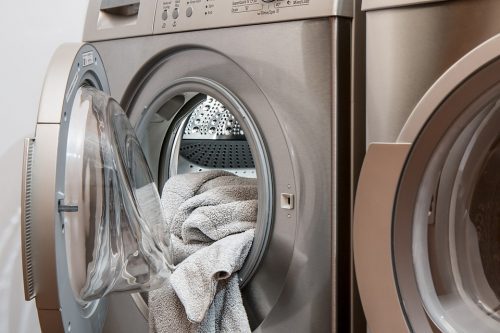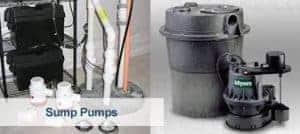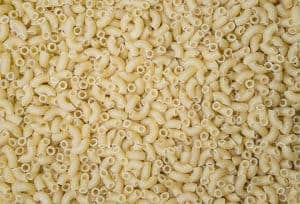Brightly colored, freshly scented and soft fluffy fabric is everyone’s wish. It not only makes you stand out from the crowd it also buoys up your mood. But have you ever stopped to think how you can maintain your fabric and keep it looking like new? Well, worry no more, because dryer sheets and liquid fabric softeners can do just that.

Liquid fabric softeners and dryer sheets are similar to many accounts seeing as they both make fabric soft and leave your laundry freshly scented. So what is it that makes people prefer one to the other? Let’s look at some product features that make one a better alternative to the other.
1. Working
Aside from the pleasant scent that is associated with liquid fabric softener when used on laundry, it also works in ensuring a wrinkle-free garment. The softener works by penetrating the fabric once poured into the rinse water. It is recommended that you use the fabric softener during your last rinse with lots of clean water. Just pour the liquid fabric softener into your washing machine or container and stir to ensure a consistent mix. Fabric gets to be strengthened and remain bright with every wash.
Conversely, the softening mechanism on dryer sheets work differently, the softening agents are heat sensitive making it form a protective film around the surface of the garment. It would be important to note however that both liquid fabric softeners and dryer sheets cause a stain on clothing if not used correctly. The oily component in fabric softeners is solely responsible for this. As for dryer sheets use the recommended proportion and always ensure that your garments are well covered before proceeding.
2. Usage
There is a better chance of sparingly using dryer sheets as compared to liquid fabric softeners. This is mainly because of the limits set on the dryer that spells out its minimum and maximum application. With these directions on use, one is guided and stays within the confines set by the manufacturer.

As for the fabric softener, however, there is a risk of overuse considering the fact that most people manually clean their clothes. Additionally, dryer sheets are not necessarily added with every wash as is the case with fabric softeners.
3. Staining
Indeed, both dryer sheets and fabric softeners can leave stains on garments if not applied correctly. However, clothes rinsed with softeners are more susceptible to stains as compared to those used alongside dryer sheets. This is because most people fail to apply the right proportion of softener in relation to the water. Further, failure to properly stir the mixture would undoubtedly have negative effects on the appearance of your laundry.
Despite the differences, liquid fabric softeners and dryer sheets share some similarities, other than their garment softening abilities. Let’s look at the similarities in the field of applications
4. Applications
Softeners by their nature are meant to form a protective film over clothes. This coating although soft and soothing to the skin can inhibit the normal working of some special fabrics. Some are listed below:
- Towels – frequent use of softeners on towels may soon affect its absorption abilities. The protective film formed around after every wash places a barrier between the fabric and the wet surface. The fresh scent may be appealing, but the towel may not serve its core purpose.
- Children’s clothing – children’s clothing should be washed with clean, unadulterated water. This is to prevent allergic reactions and other complications. If softeners are used on baby’s clothes, it also has the effect of reducing the garment’s resistance to elements such as cold or heat.
- Sportswear – evaporation causes a cooling effect. Evaporation cannot happen if clothes fail to absorb, say sweat. Softeners should therefore not be applied to athletic wear in order to allow the garment to be as breathable as possible.
A look at the comparisons and contrasts will certainly help you in making an informed decision on what best works for you. Cost and other concerns such as health have been a contributing factor in devising home remedies to serve as alternatives to these commercial products.
A proportional mixture of salt, vinegar and lemon juice has been found to serve the same purpose as the softeners for instance. So be sure to be informed before making your choice.


